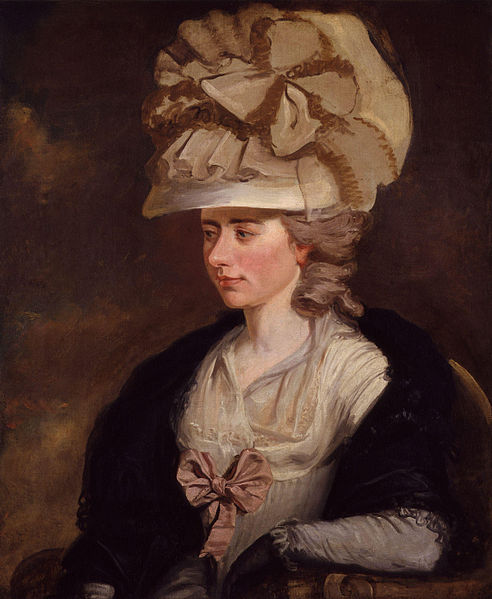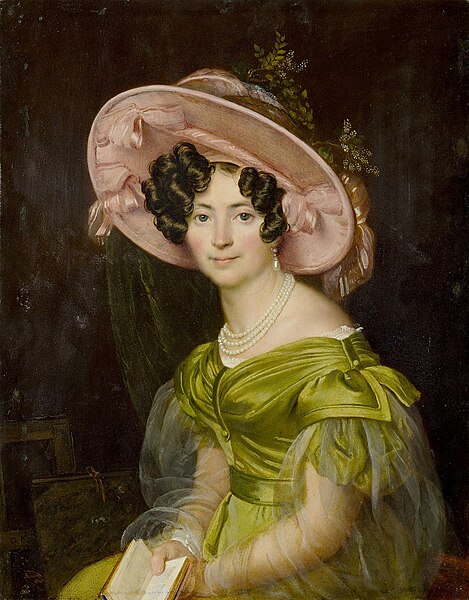
The Thammasat University Library has newly acquired a book that should be useful for students interested in literature, philosophy, and the allied health sciences.
The Man Who Mistook His Wife for a Hat was written by the British-born neurologist Dr. Oliver Sacks.
The TU Library collection includes a number of other books by Dr. Sacks.
The book describes case histories of some of his patients with unusual neurological conditions. One is unable to recognize faces and objects, so cannot tell the difference between his wife and his hat.
Despite such problems, Dr. Sacks describes his patients as often highly intelligent and otherwise gifted.
Another can only remember things that happened many years ago, but nothing more recently, even a few minutes ago. Since he is constantly forgetting what he is doing from one moment to the next, he has trouble being happy at every moment.
Among other lively anecdotes is a patient who tells the doctor that he woke up in hospital and found a strange leg in bed with him. Since he thought it must have been put there by a nurse playing a joke on him, he tried to throw the leg out of bed. Unfortunately, he discovered it was attached to him. Dr. Sacks tried to explain to the patient that it was the patient’s own leg, but the patient was unwilling to believe it.
Some readers have complained that although the writings of Dr. Sacks has increased public awareness of conditions such as Tourette’s syndrome and autism, by writing about his patients, he is invading their privacy and offering a distorted picture of them through his own eyes. The English disability-rights advocate Tom Shakespeare has called Dr. Sacks the “man who mistook his patients for a writing career.”
Another reviewer compared his books to popular newspaper accounts of monsters, even though his case histories are meant to increase understanding of illnesses.
Dr. Sacks always includes descriptions of his own many ailments in his books and even if he does not always seem like a sympathetic person, his writing is always compelling and informative.

Here are some quotes from the writings of Dr. Oliver Sacks:
Very young children love and demand stories, and can understand complex matters presented as stories, when their powers of comprehending general concepts, paradigms, are almost nonexistent.
- The Man Who Mistook His Wife for a Hat and Other Clinical Tales
We rationalize, we dissimilate, we pretend: we pretend that modern medicine is a rational science, all facts, no nonsense, and just what it seems. But we have only to tap its glossy veneer for it to split wide open, and reveal to us its roots and foundations, its old dark heart of metaphysics, mysticism, magic, and myth. Medicine is the oldest of the arts, and the oldest of the sciences: would one not expect it to spring from the deepest knowledge and feelings we have?
- Awakenings
Individuality is deeply imbued in us from the very start, at the neuronal level. Even at a motor level, researchers have shown, an infant does not follow a set pattern of learning to walk or how to reach for something. Each baby experiments with different ways of reaching for objects and over the course of several months discovers or selects his own motor solutions. When we try to envisage the neural basis of such individual learning, we might imagine a “population” of movements (and their neural correlates) being strengthened or pruned away by experience.
Similar considerations arise with regard to recover and rehabilitation after strokes and other injuries. There are no rules; there is no prescribed path of recovery; every patient must discover or create his own motor and perceptual patterns, his own solutions to the challenges that face him; and it is the function of a sensitive therapist to help him in this.
And in its broadest sense, neural Darwinism implies that we are destined, whether we wish it or not, to a life of particularity and self-development, to make our own individual paths through life.
- On the Move: A Life
My own first love was biology. I spent a great part of my adolescence in the Natural History museum in London (and I still go to the Botanic Garden almost every day, and to the Zoo every Monday). The sense of diversity—of the wonder of innumerable forms of life—has always thrilled me beyond anything else.
- Personal correspondence, quoted in Stephen Jay Gould, “Cabinet Museums: Alive, Alive, O!”, Dinosaur in a Haystack
The beauty of the forest is extraordinary — but “beauty” is too simple a word, for being here is not just an aesthetic experience, but one steeped with mystery, with awe. … [The forest] has to do with the ancient, the aboriginal, the beginning of all things. The primeval, the sublime, are much better words here — for they indicate realms remote from the moral or the human, realms which force us to gaze into immense vistas of space and time, where the beginnings and originations of all things lie hidden. Now, as I wandered in the cycad forest on Rota, it seemed as if my senses were actually enlarging, as if a new sense, a time sense, was opening within me, something which might allow me to appreciate millennia or aeons as directly as I had experienced seconds or minutes. … Standing here in the jungle, I feel part of a larger, calmer identity; I feel a profound sense of being at home, a sort of companionship with the earth.
- “The Island of the Colour-blind and Cycad Island”
Lemurs are close to the ancestral stock from which all primates arose, and I am happy to think that one of my own ancestors, 50 million years ago, was a little tree-dwelling creature not so dissimilar to the lemurs of today. I love their leaping vitality, their inquisitive nature.
- My Periodic Table, New York Times, 24 July 2015
While autism is a developmental disorder, sometimes a devastating one, there is always within the autism a unique and sometimes strangely gifted individual. The great psychoanalyst Winicott used to feel that there was something like a tulip in every person and this was their essence and that this internal part of them was inaccessible to the person themselves and should not be meddled with or touched by psychoanalysis or anything else and one wonders if there is not some autistic essence like this tulip which needs to be respected and not meddled with.
- Uncle Tungsten (2001)
When I was five, I am told, and asked what my favorite things in the world were, I answered, “smoked salmon and Bach.” (Now, sixty years later, my answer would be the same.)
- Uncle Tungsten (2001)
Every act of perception, is to some degree an act of creation, and every act of memory is to some degree an act of imagination.
- Musicophilia: Tales of Music and the Brain
Music, uniquely among the arts, is both completely abstract and profoundly emotional. It has no power to represent anything particular or external, but it has a unique power to express inner states or feelings. Music can pierce the heart directly; it needs no mediation.
- Musicophilia: Tales of Music and the Brain
In examining disease, we gain wisdom about anatomy and physiology and biology. In examining the person with disease, we gain wisdom about life.
- Gratitude
There will be no one like us when we are gone, but then there is no one like anyone else, ever. When people die, they cannot be replaced. They leave holes that cannot be filled, for it is the fate—the genetic and neural fate—of every human being to be a unique individual, to find his own path, to live his own life, to die his own death. I cannot pretend I am without fear. But my predominant feeling is one of gratitude. I have loved and been loved; I have been given much and I have given something in return; I have read and traveled and thought and written. I have had an intercourse with the world, the special intercourse of writers and readers. Above all, I have been a sentient being, a thinking animal, on this beautiful planet, and that in itself has been an enormous privilege and adventure.
- Gratitude

(All images courtesy of Wikimedia Commons)
